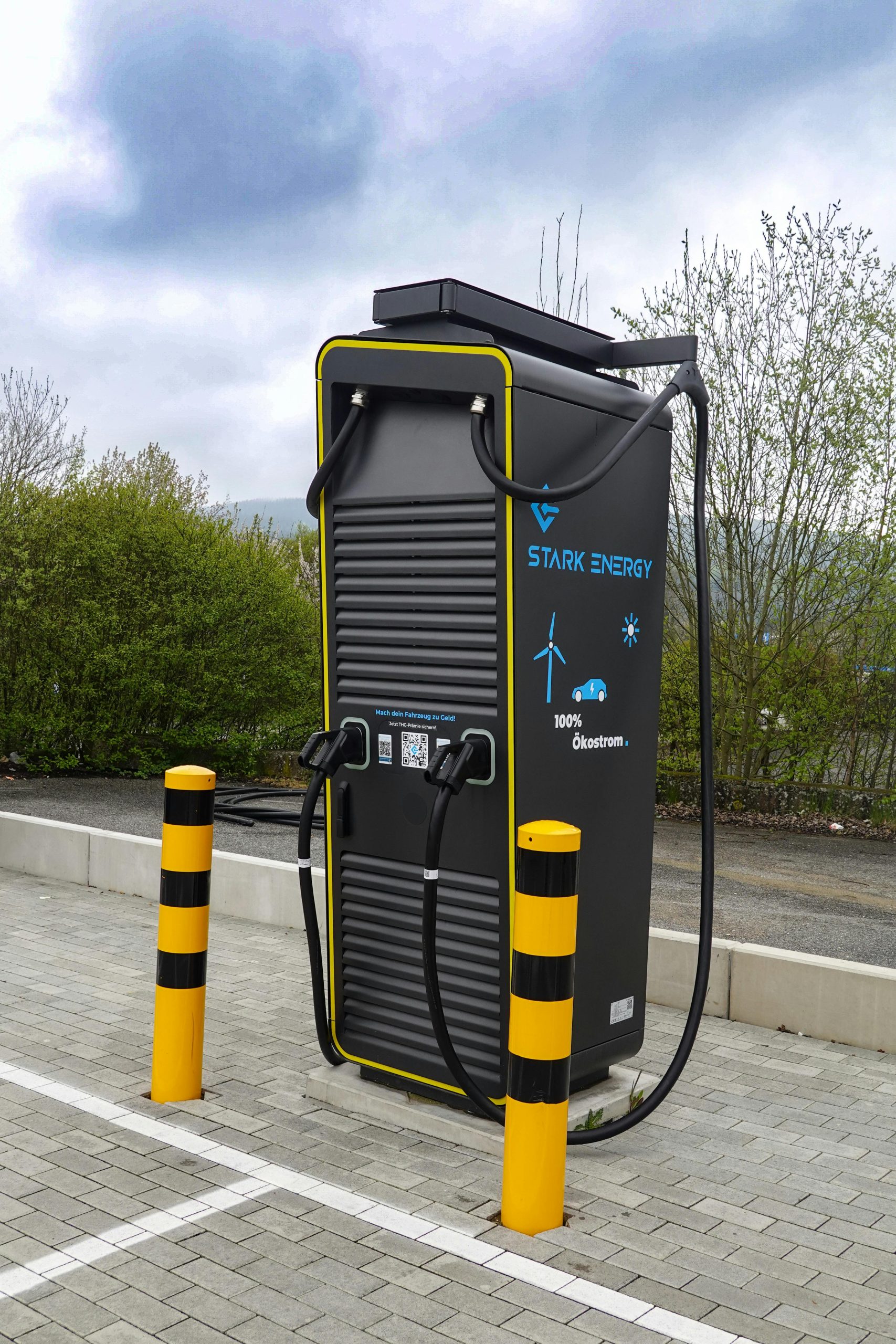The automotive industry is undergoing a massive transformation as the world shifts toward sustainable transportation. Two technologies leading this change are electric vehicles (EVs) and hybrid cars. While both aim to reduce emissions and improve fuel efficiency, they operate on different principles and cater to distinct consumer needs. But which one is truly dominating the market today? Let’s dive into the key differences, advantages, and market trends to find out.
Understanding Electric Vehicles and Hybrid Cars
Electric Vehicles (EVs) run entirely on electricity, powered by rechargeable battery packs. They produce zero tailpipe emissions and rely on charging stations or home charging setups. Popular examples include the Tesla Model 3, Nissan Leaf, and Ford Mustang Mach-E.
Hybrid Cars, on the other hand, combine an internal combustion engine (ICE) with an electric motor. They don’t require external charging—instead, they recharge the battery through regenerative braking and the engine itself. Hybrids come in several forms:
- Mild Hybrids: Use a small electric motor to assist the engine but cannot run on electricity alone.
- Full Hybrids: Can switch between the engine and electric power, like the Toyota Prius.
- Plug-in Hybrids (PHEVs): Offer a limited all-electric range (20-50 miles) before switching to hybrid mode, such as the Chevrolet Volt.
Market Trends: EV vs. Hybrid Popularity
The global push for sustainability has accelerated the adoption of both EVs and hybrids, but their market shares tell different stories.
Electric Vehicles: The Fastest-Growing Segment
EV sales have skyrocketed in recent years, driven by government incentives, falling battery costs, and expanding charging infrastructure. In 2023, EVs accounted for nearly 14% of global car sales, with projections suggesting they could surpass 30% by 2030. Tesla remains the market leader, but legacy automakers like Ford, GM, and Volkswagen are rapidly expanding their EV lineups.
Hybrids: The Steady Performer
Hybrids have been around longer and appeal to consumers hesitant about full electrification. They offer better fuel efficiency than traditional ICE vehicles without range anxiety. Toyota, a pioneer in hybrid technology, continues to dominate this space with models like the Prius and RAV4 Hybrid. While hybrids aren’t growing as explosively as EVs, they remain a reliable choice for many buyers.
Advantages and Disadvantages
Both technologies have pros and cons, depending on driving habits, infrastructure, and budget.
Electric Vehicles: Pros and Cons
Pros:
- Zero Emissions: No tailpipe pollution, making them the greenest option.
- Lower Operating Costs: Electricity is cheaper than gasoline, and EVs have fewer moving parts, reducing maintenance.
- Performance: Instant torque delivers faster acceleration.
Cons:
- Range Anxiety: Limited charging infrastructure in some areas.
- Higher Upfront Cost: EVs are generally more expensive than hybrids.
- Charging Time: Even fast chargers take longer than refueling a gas tank.
Hybrid Cars: Pros and Cons
Pros:
- No Range Anxiety: Refuel at any gas station.
- Better Fuel Efficiency: Significantly reduces fuel consumption compared to ICE vehicles.
- Lower Initial Cost: Typically cheaper than EVs.
Cons:
- Still Uses Gasoline: Not as eco-friendly as EVs.
- Complex Maintenance: Combines two propulsion systems, potentially increasing repair costs.
- Limited Electric Range (PHEVs): Short all-electric range before switching to hybrid mode.
Which Technology Is Leading the Market?
While hybrids have been a bridge to electrification, EVs are undeniably the future. Governments worldwide are setting aggressive targets to phase out ICE vehicles, and automakers are investing billions in EV development. However, hybrids still hold a significant market share, particularly in regions with underdeveloped charging networks.
Key factors influencing dominance:
- Infrastructure: Countries with robust charging networks see higher EV adoption.
- Consumer Preferences: Some drivers prefer hybrids for their flexibility.
- Regulations: Stricter emissions laws favor EVs in the long run.
Conclusion
The battle between electric vehicles and hybrid cars is a reflection of the broader transition to sustainable mobility. While hybrids remain a practical choice for many, EVs are rapidly gaining ground thanks to technological advancements and policy support. For now, both technologies coexist, but the momentum clearly favors electric vehicles as the dominant force shaping the future of transportation.
